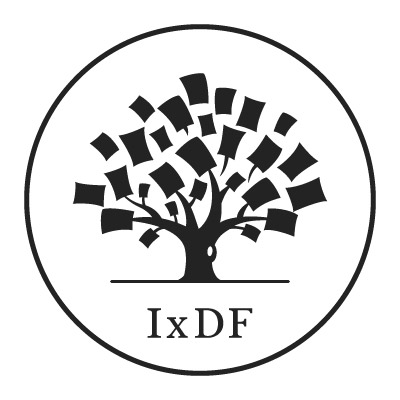Generative AI is a powerful tool, but its magic lies in crafting the right prompt. Think of it as the conductor's baton, guiding the AI orchestra towards your desired creative vision. So, how do you become a maestro of prompts? I've recently been doing a lot of work with Generative AI having completed a number of Google AI certifications. As a result I've learnt a fair bit about the dos and don'ts, so I've put this guide toether to help you create the most effective prompts you can to get great result. Let's delve into the essential steps and explore the "why" behind each one:
Step 1: Define Your Goal with Laser Focus
Imagine entering a restaurant without knowing what you crave. Similarly, a vague prompt leaves the AI guessing. Be specific! Knowing your goal (poem, script, code snippet, etc.) sets the foundation, helping the AI tailor its response to your intended format and purpose.
Good Prompt: "Write a suspenseful short story (around 1000 words) about a time traveler trapped in the past, using elements of historical fiction."
Bad Prompt: "Make me something cool." (This leaves the AI lost in a sea of possibilities, potentially missing your mark.)
Step 2: Paint a Vivid Picture with Context
Think of this step like setting the scene for a movie. Provide details about the world, characters, and situation. The richer the context, the better the AI can understand the relationships, motivations, and overall atmosphere you envision.
Good Prompt: "In a dystopian future where corporations rule, a group of rebels led by a charismatic hacker plans a daring heist to steal sensitive data from the megacorporation headquarters. Describe their tense infiltration under heavy security."
Bad Prompt: "People doing something in a place." (This lacks the specifics that bring your scenario to life, hindering the AI's ability to generate a truly immersive response.)
Step 3: Be the Director, Not Just the Producer
Imagine wanting a specific genre of music but only telling the musician to "play something." With generative AI, you're both the producer and the director. Specify the desired tone (serious, humorous, etc.), style (formal, informal, etc.), and even length to guide the AI towards the specific output you have in mind.
Good Prompt: "Write a humorous blog post in a conversational tone, targeting tech enthusiasts, about the latest developments in virtual reality, aiming for a length of around 500 words."
Bad Prompt: "Write a tech article about VR." (This leaves the AI unsure of the intended tone, style, or target audience, potentially resulting in a mismatched output.)
Step 4: Show, Don't Just Tell, with Examples
Think of this as providing reference photos to an artist. Share examples of similar content (poems, scripts, code, etc.) you like, highlighting specific elements you want the AI to incorporate. This gives the AI a concrete understanding of your preferences and desired style.
Good Prompt: "Generate a poem in the style of Emily Dickinson, similar to her 'Hope' poem, exploring the theme of resilience in the face of adversity."
Bad Prompt: "Write a sad poem like Dickinson." (Without a specific reference, the AI might miss the nuances of Dickinson's style and tone, leading to a poem that doesn't capture the intended essence.)
Step 5: Remember, Iteration is Your Friend
Don't expect perfection on the first try. Experiment with different phrasings, adjust details, and see how the AI responds. Each iteration is a learning opportunity, helping you refine your prompt and guide the AI closer to your creative vision.
Bonus Tip: Don't be shy to explore existing prompt libraries and communities. Learn from others' successes and failures to enhance your own prompt-crafting skills. GoDaddy have a library you can explore, its aimed primarily at small business users, but its equally as useful for larger enterprises. You can find it Here
By following these steps and understanding the "why" behind each one, you'll transform from a novice prompt writer to a confident conductor, wielding the power of generative AI to bring your unique creative visions to life. So, grab your metaphorical baton and start composing!










